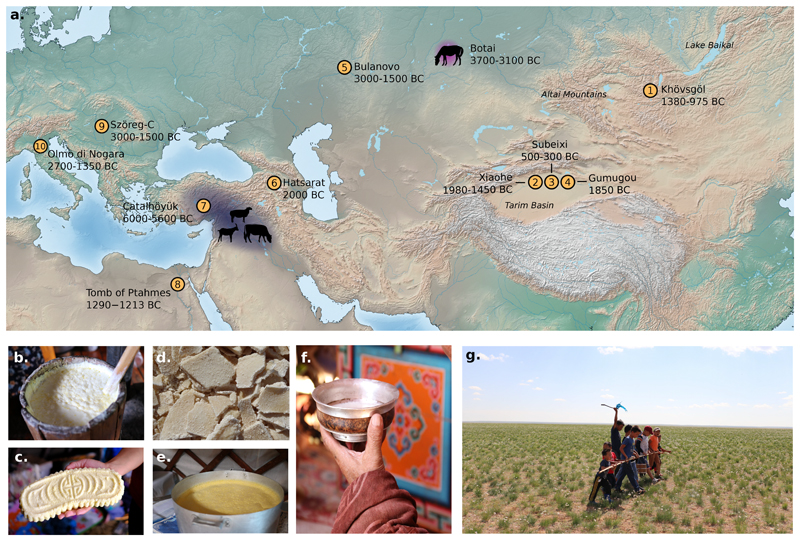Figure 1. Ruminant and equine dairying in prehistoric Eurasia and contemporary Mongolia.
(a) Map of Eurasia showing major geographical features referred to in the text and sites where evidence of dairying has been previously found using proteomic approaches: (1) Khövsgöl1, (2) Xiaohe11, (3) Gumugou10, (4) Subeixi68, (5) Bulanovo29, (6) Hatsarat29, (7) Çatalhöyük West69 (8), Tomb of Ptahmes70, (9) Szöreg-C (Sziv Utca)29, (10) Olmo di Nogara29. Locations for the earliest evidence of ruminant dairying based on the presence of milk fats in ceramics is shown in blue7 and the earliest evidence of horse dairying9 shown in pink. Details for each site included in this figure are referenced in Supplementary Table S3. (b-f) Mongolian dairy products from Khövsgöl aimag and (g) dairying rituals from Dundgobi aimag, Mongolia. (b) Yogurt starter culture, Khöröngö (ХӨрӨнГӨ); (c) curd from reindeer milk, ‘kurd’; (d) dried curd from mixed yak and cow milk, aaruul (ааруул); (e) clotted cream from mixed yak and cow milk, öröm (ӨрӨм); (f) fermented horse milk, airag (аЙраг); and (g) blessing ritual for the first horse airag production of the season.

